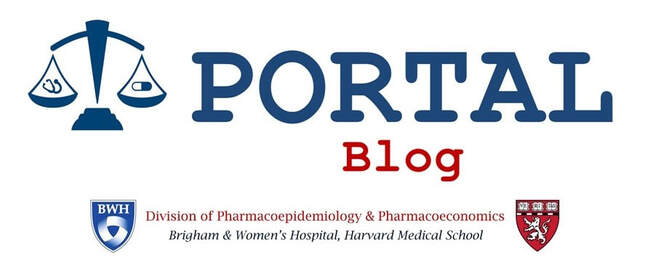|
By William Feldman
Asthma and chronic obstructive pulmonary disease (COPD) are prevalent among Medicare beneficiaries; approximately 1 in 20 has asthma, and 1 in 9 has COPD. Inhalers remain the primary treatment for these diseases. Yet, as prior research from PORTAL has demonstrated, inhalers are protected by numerous patents—often on the devices themselves rather than the drug ingredients contained within the devices—and generic competition for these products is limited. In a new study in Annals of the American Thoracic Society, we sought to quantify Medicare Part D spending on inhalers over the last several years and analyze the extent to which changes in spending were driven by changes in costs per inhaler or utilization. The study found that, between 2012 and 2018, Medicare Part D spent a total of $39.7 billion on inhalers after adjusting for estimated rebates and inflation. Among the 42 inhalers covered during the study period across nine different classes, only two inhalers were generic. Spending increased from $4.5 billion in 2012 to $6.5 billion in 2018. Three of the nine classes were combination maintenance inhalers—inhaled corticosteroid (ICS)-long acting beta agonists (LABA), long-acting muscarinic antagonist (LAMA)-LABAs, and ICS-LAMA-LABAs—and these were responsible for $1.8 billion of the $2.0 billion growth. Taking all nine classes together, nearly 90% of the growth in spending could be explained by increased utilization, as the number of beneficiaries receiving inhalers climbed from 8.1 million in 2012 to 11.5 million in 2018 and the number of inhalers prescribed jumped from 34.4 million to 47.7 million. Only around 10% of the spending growth was driven by increased costs per inhaler. These findings have important implications for the future Medicare Part D spending. There are now three generic ICS-LABA inhalers on the market: Mylan’s Wixela Inhub (a version of Advair Diskus [fluticasone-salmeterol]), GSK’s authorized generic of Advair Diskus, and Teva’s authorized generic of AirDuo Respiclick (fluticasone-salmeterol). Further generic competition in the ICS-LABA class may help lower the costs per inhaler and reduce overall Medicare spending. Yet, the other two classes of combination maintenance inhalers have no generic competition. Inhalers in the LAMA-LABA and ICS-LAMA-LABA classes have patents lasting through at least 2030. Without generic competition, these classes will likely represent a growing share of inhaler spending in Medicare Part D. More generally, in the absence of drug-pricing reform, Medicare spending on inhalers will likely continue to climb as the US population ages and Part D provides insurance coverage for more seniors with asthma and COPD. |
AuthorPORTAL Blog posts are authored by PORTAL faculty, trainees, and collaborators. Archives
January 2022
Categories |
|
Program On Regulation, Therapeutics And Law (PORTAL)
Division of Pharmacoepidemiology and Pharmacoeconomics 1620 Tremont Street, Suite 3030 Boston, MA 02120 |



 RSS Feed
RSS Feed
